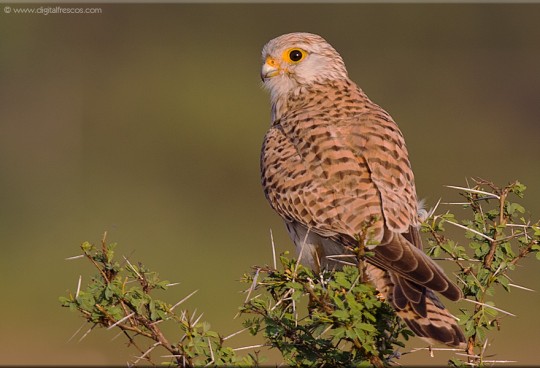The snow pigeon (Columba leuconota) is a species of bird in the genus Columba in the family Columbidae from hilly regions of central Asia. They are grey, black, pale brown and white birds, and two races are recognised; C. l. leuconota occurs in Afghanistan and the western Himalayas; C. l. gradaria occurs in the mountains of East Tibet and from East Nan Shan (Qinghai) to Yunnan. The birds forage in open country in pairs or small groups, feeding on grain, buds, shoots, berries, and seeds. They roost at night on cliffs, breeding in crevices where they build untidy stick nests and lay a clutch of usually two white eggs. Snow pigeons have a blackish head contrasting with white neck collar and white underparts shading into ashy on the abdomen. Their backs are brownish grey with a white patch on the lower back. Their wings are pale grey with three brown bands. Their black tails have a clear white band in the middle which narrows and curve forward to reach the tip of outermost tail features. Young birds have narrow, pale buff margins to the feathers of the upper parts and wings. The white of the underparts is sullied with buff.
They frequent rocky hill sides and sequestered valleys, seen up to the snow line. They frequently feed in the fields during the day, but roost in the cliffs. They are generally shy and wary. Gatherings of 150 or more occur in winter, often in company of hill pigeon and in some areas with rock pigeon, too. They feed on berries, grain, buds, bulbs, seeds, and shoots. They are resident birds in rocky hills of Afghanistan, Bhutan, China, India, Kazakhstan, Myanmar, Nepal, Pakistan, Tajikistan, and Turkmenistan. It is a common bird and has an extremely large range. The population is believed to be stable, and for these reasons, the International Union for Conservation of Nature has assessed its conservation status as being of least concern.
![]()






Sorry, the comment form is closed at this time.